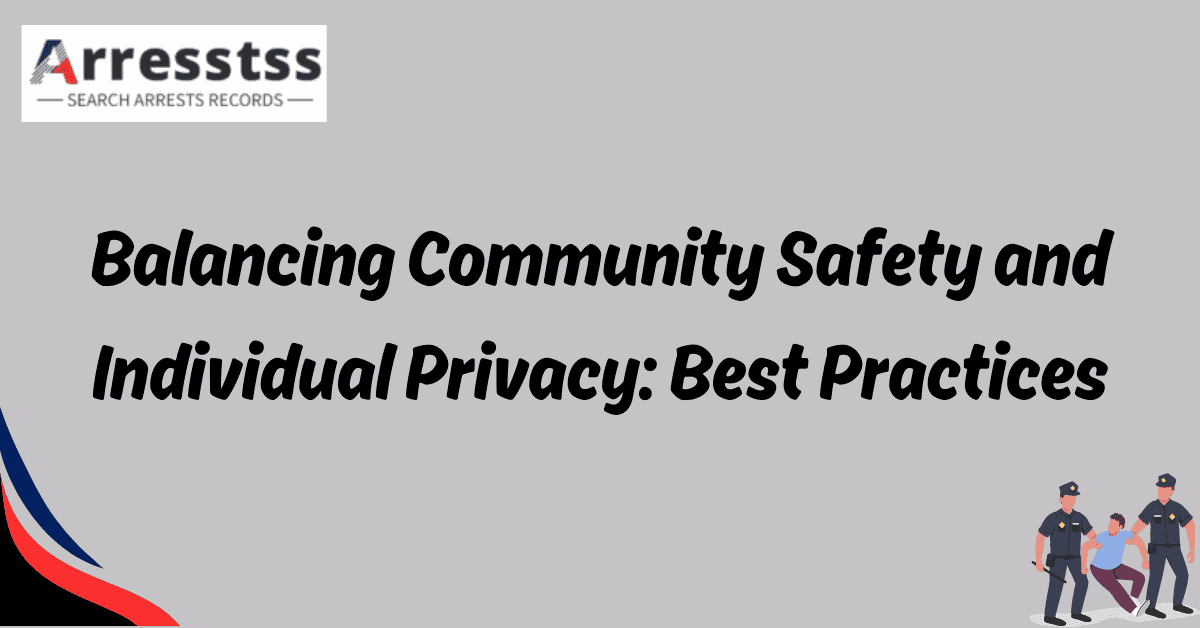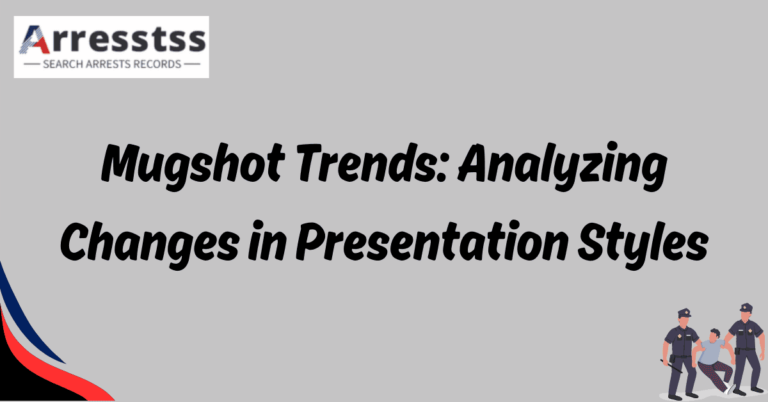Balancing Community Safety and Individual Privacy: Best Practices
Importance of Privacy in the Digital Age
In today’s rapidly evolving digital age, the delicate balance between community safety and individual privacy has become a topic of paramount importance. As we navigate through an era where technology permeates every aspect of our lives, it is crucial to examine the best practices that can ensure the safeguarding of both our collective security and our freedoms.
The advent of social media platforms, online commerce, and interconnected devices has undoubtedly brought numerous benefits and conveniences. However, it has also given rise to significant concerns regarding the protection of our privacy. As we share more and more of our personal information online, the need to establish robust measures to maintain our privacy has become increasingly critical.
Finding a Delicate Equilibrium
Balancing community safety and individual privacy requires a delicate and thoughtful approach. It involves striking a harmonious equilibrium between the need for law enforcement agencies to access data for crime prevention and investigation purposes, and the imperative to safeguard individual rights to privacy. It is a multifaceted challenge that necessitates a comprehensive framework of best practices that can address the complexities of our modern society.
Transparency and Accountability
One of the key pillars in maintaining this delicate balance is transparency and accountability. Governments, organizations, and technology companies must be transparent about their data collection and usage practices. Clear and easily accessible privacy policies should be in place, ensuring that individuals have a thorough understanding of how their data is being handled. Additionally, mechanisms for individuals to access, correct, or delete their personal information should be readily available.
Robust Encryption Methods
Another crucial aspect is the implementation of robust encryption methods. Encryption plays a vital role in safeguarding sensitive information from unauthorized access. By ensuring that data is encrypted both in transit and at rest, individuals can have confidence that their personal information remains secure. Organizations and technology companies need to prioritize encryption in their systems and continuously update their protocols to stay ahead of emerging threats.
Effective Collaboration between Government and Technology Companies
Addressing the complexities of the digital age requires effective collaboration between government agencies and technology companies. By working together, they can develop policies and practices that strike the right balance between community safety and individual privacy. This collaboration should involve open dialogue, sharing of expertise, and a commitment to finding innovative solutions that respect both privacy and security.
Creating a Secure Environment
By adhering to these best practices, we can create a secure environment that respects the privacy of individuals while simultaneously upholding the safety and security of our communities. Through transparent and accountable policies, robust encryption methods, and effective collaboration between government agencies and technology companies, we can find the delicate equilibrium that ensures both the protection of our privacy and the maintenance of our collective security.
FAQ’s
In today’s rapidly evolving digital age, the balance between community safety and individual privacy is crucial. With technology permeating every aspect of our lives, it is essential to examine the best practices that can safeguard both our collective security and personal freedoms.
The advent of social media platforms, online commerce, and interconnected devices has brought numerous benefits and conveniences. However, it has also raised concerns regarding the protection of our privacy. As we share more personal information online, establishing robust measures to maintain our privacy becomes increasingly critical.
Striking a harmonious equilibrium between the need for law enforcement agencies to access data for crime prevention and investigation purposes, and the imperative to safeguard individual rights to privacy requires a comprehensive approach.
It is a multifaceted challenge that necessitates a framework of best practices addressing the complexities of our modern society. By considering various aspects such as transparency, accountability, and collaboration, we can find the delicate equilibrium that ensures both privacy protection and collective security.
Transparent and accountable policies play a vital role in balancing community safety and individual privacy. By clearly defining the rules and regulations regarding data access and usage, individuals can have confidence in how their information is being handled.
When policies are transparent, they foster trust between individuals, law enforcement agencies, and technology companies. Accountability ensures that there are checks and balances in place, preventing any misuse or unauthorized access to personal data.
Robust encryption methods are crucial in maintaining the delicate balance between community safety and individual privacy. Encryption ensures that sensitive information remains secure and inaccessible to unauthorized individuals.
By employing strong encryption techniques, individuals can have peace of mind knowing that their data is protected. At the same time, law enforcement agencies can focus on accessing data through legitimate means, ensuring that privacy is respected while still enabling effective crime prevention and investigation.
The delicate balance between community safety and individual privacy can be effectively safeguarded by adhering to best practices that prioritize transparency, accountability, and collaboration.
By implementing transparent policies, ensuring accountability for data access and usage, employing robust encryption methods, and fostering effective collaboration between government agencies and technology companies, we can create a secure environment that respects individual privacy while upholding collective security.
It is through adherence to these best practices that we can strive toward a future where both personal privacy and collective security are effectively safeguarded in our rapidly evolving digital age.
Conclusion
In conclusion, the delicate balance between community safety and individual privacy requires a comprehensive approach that considers the complexities of our digital age. By adhering to best practices that prioritize transparency, accountability, and collaboration, we can strive toward a future where both our personal privacy and collective security are effectively safeguarded.







